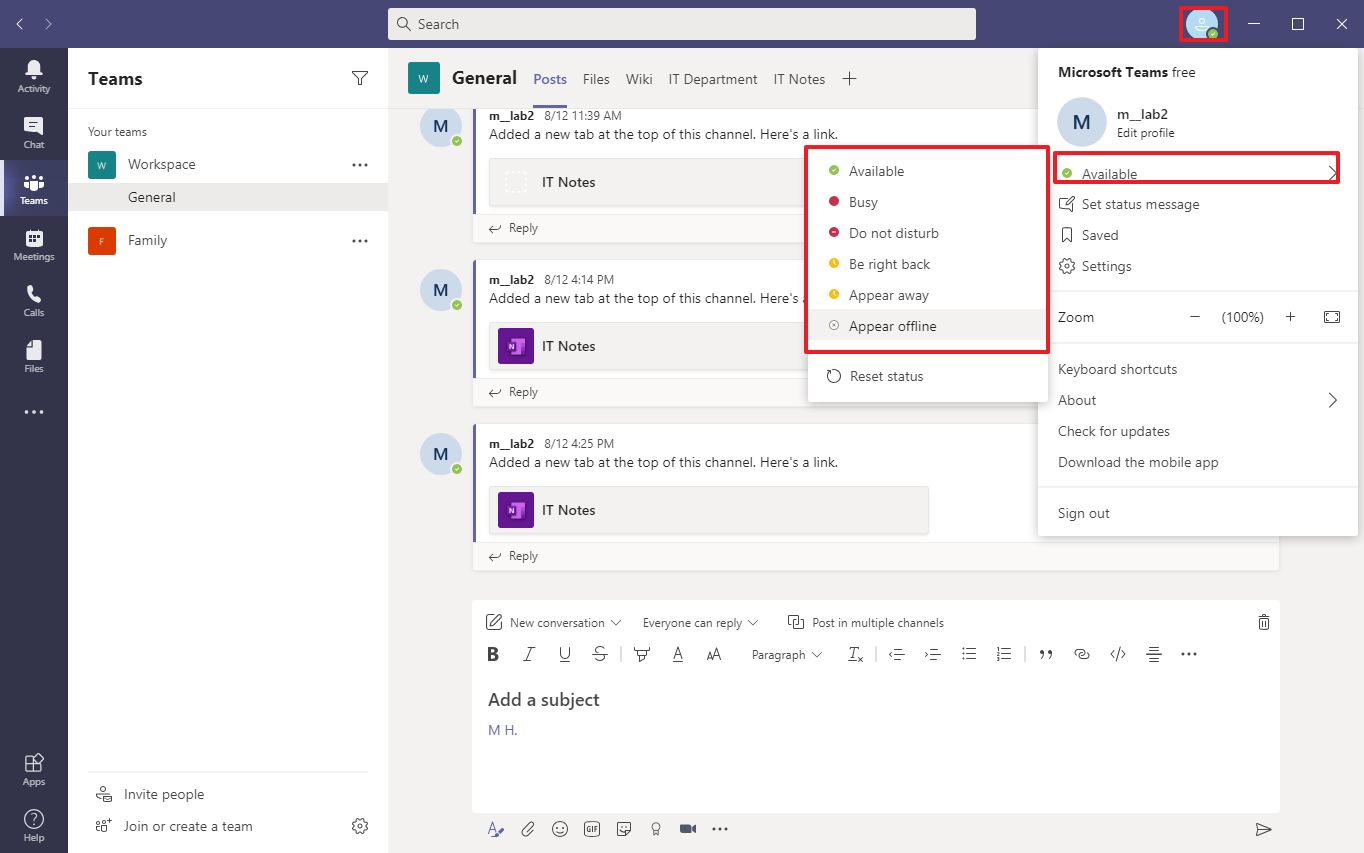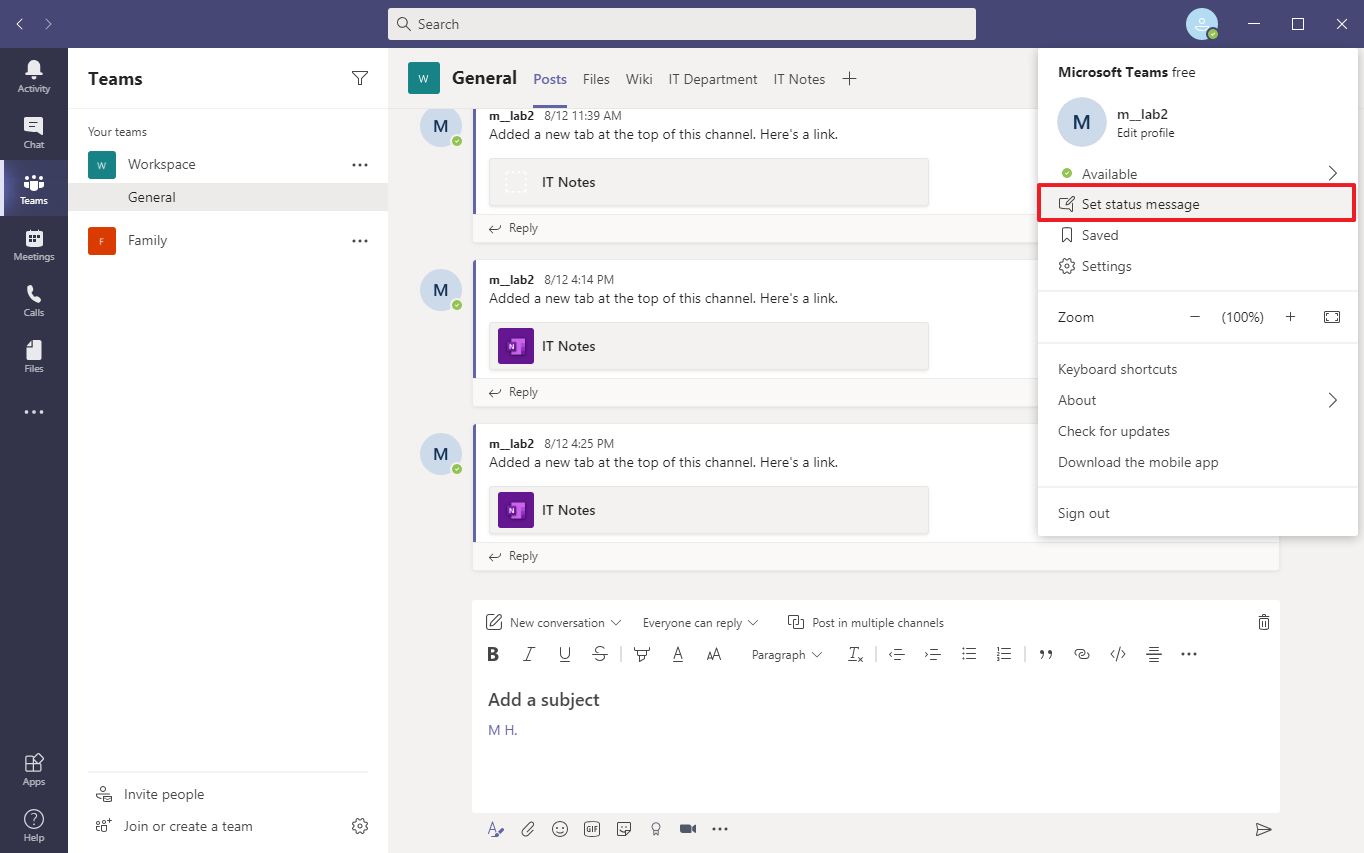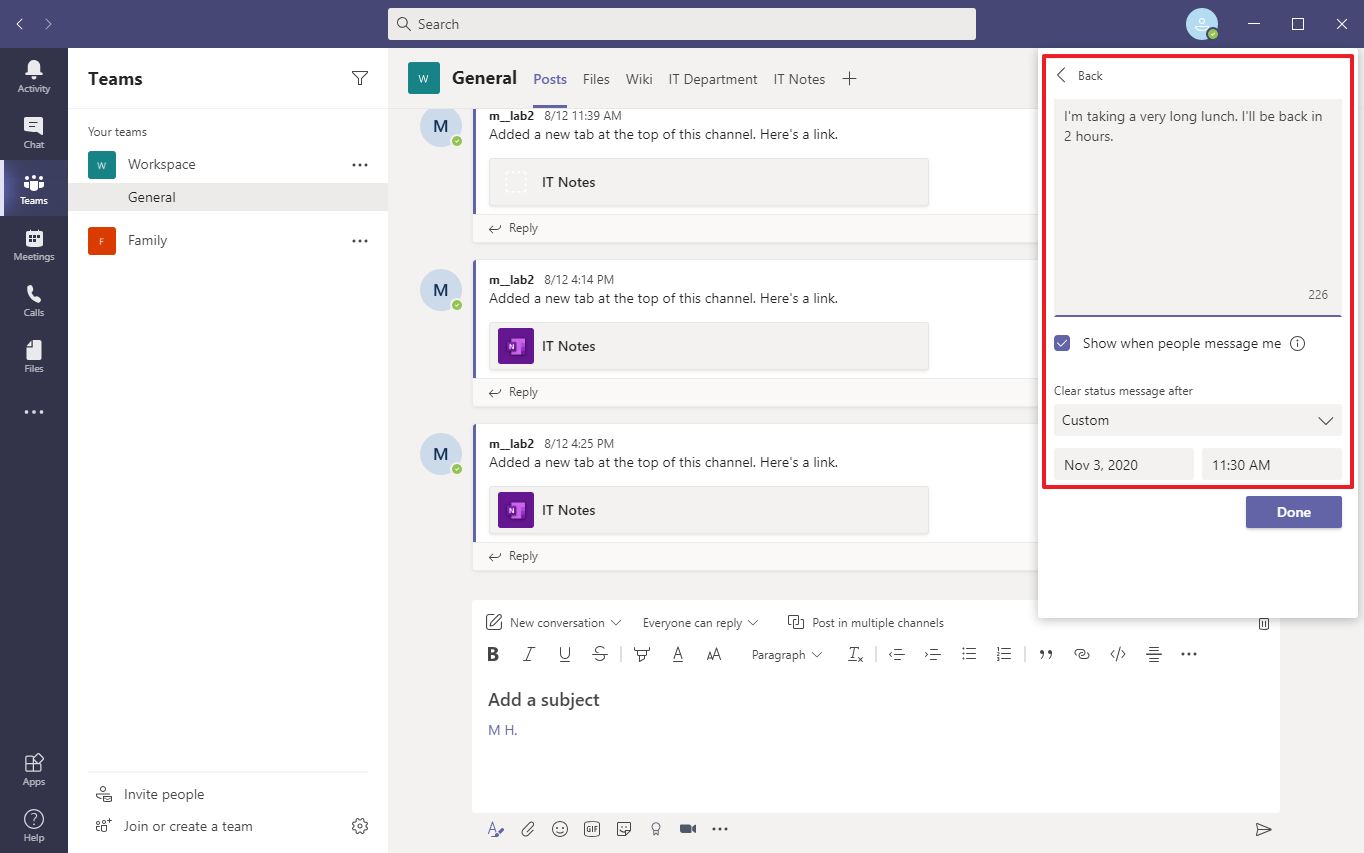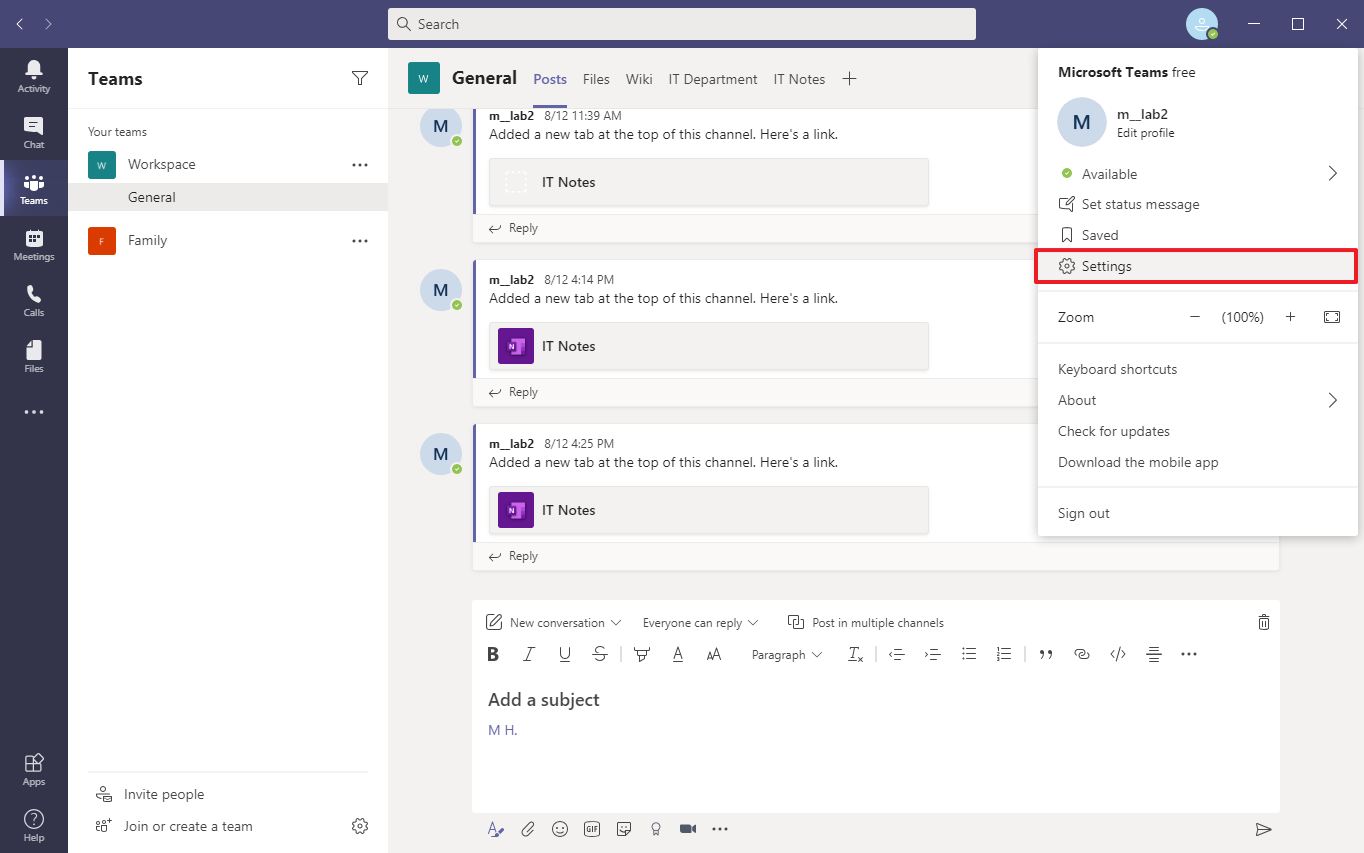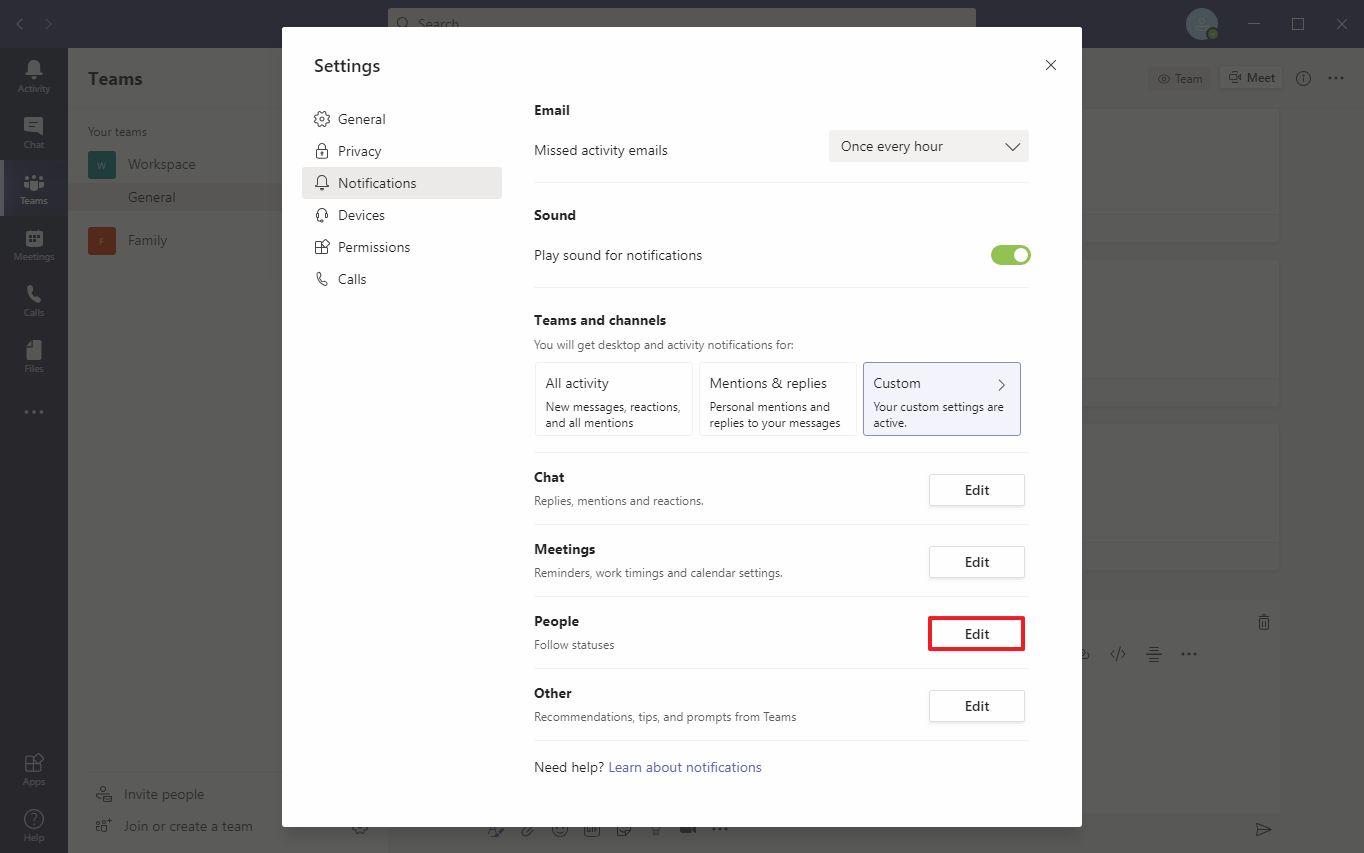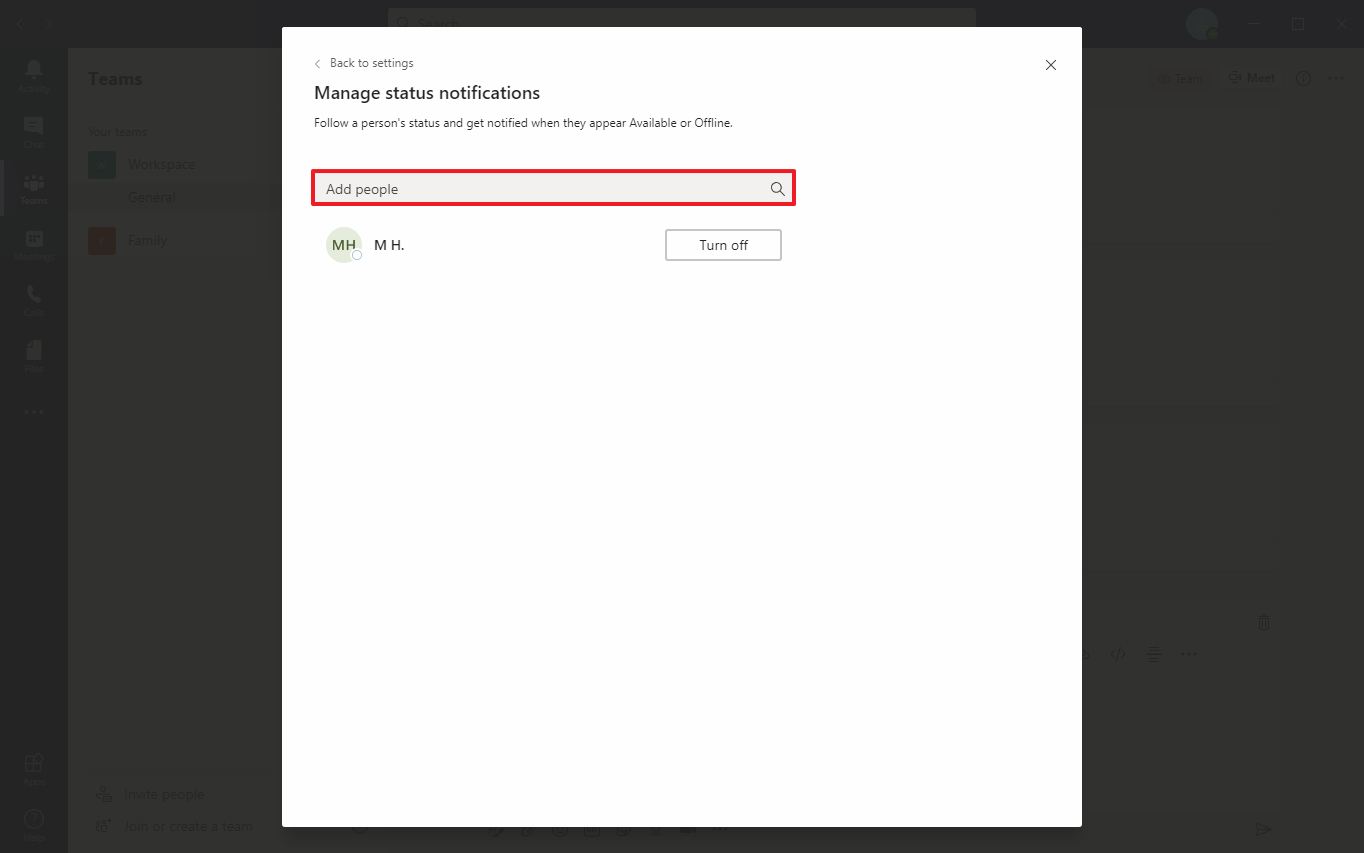How to change status settings on Microsoft Teams
Are you getting started with Microsoft Teams? Use these steps to change the status settings according to your availability.
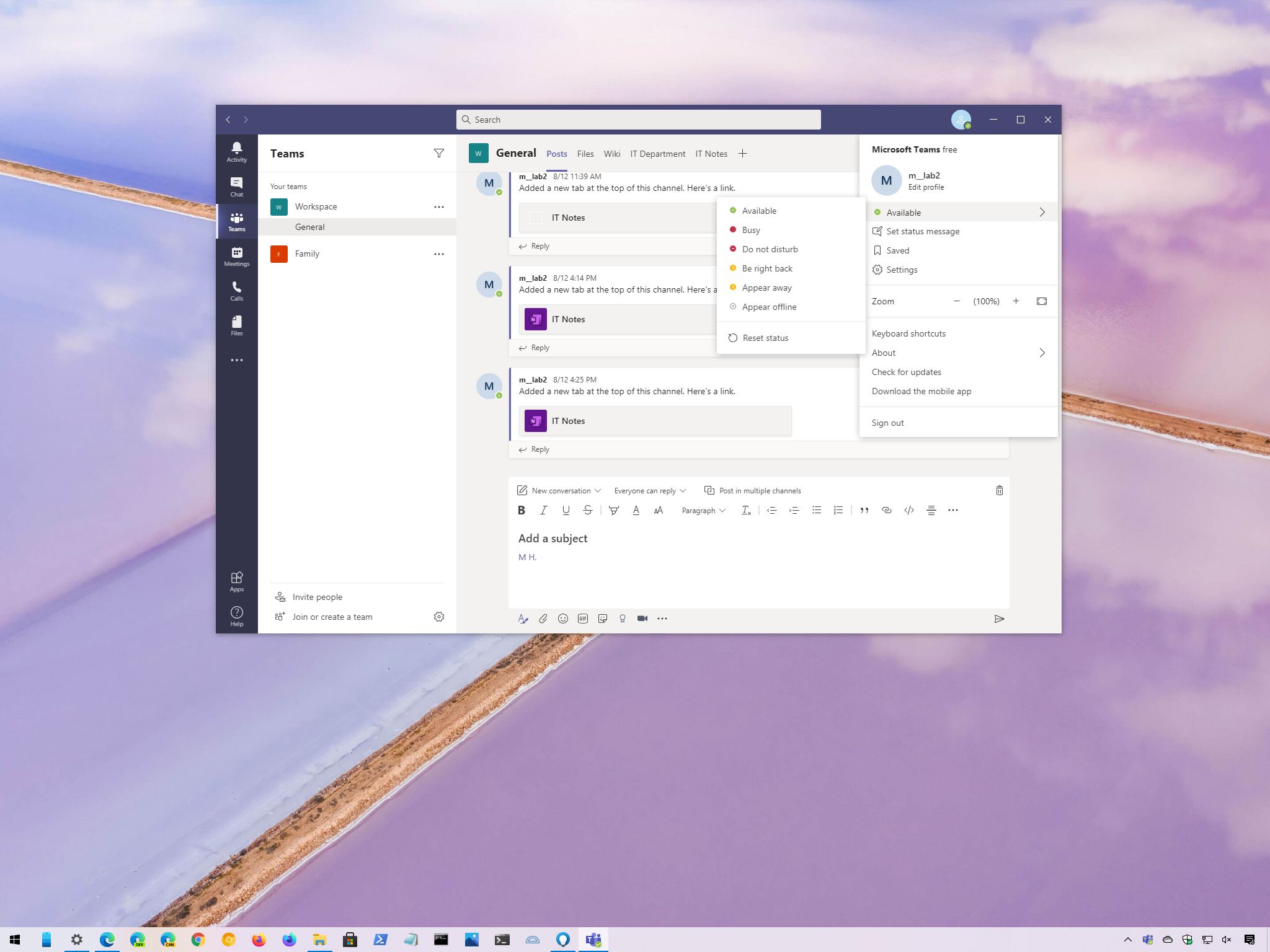
On Windows 10, the Microsoft Teams app allows you to set a specific status to let other people know your availability when using the service.
When using the Teams app on Windows 10, you can have two types of status, including a little badge that appears on your profile icon to make sure that your colleagues know that you're "away," "busy," or "offline." And you can set a custom status message that will appear to anyone who sends you a direct message or mentions you in a team.
Also, the app includes an option to follow people's availability status to receive a notification when a specific person is available or not.
In this Windows 10 guide, we'll walk you through the steps to change the status settings on the Microsoft Teams app, including setting a custom status message and following someone to know when they're online or offline.
- How to change status on Microsoft Teams
- How to set custom status message on Microsoft Teams
- How to follow person status on Microsoft Teams
How to change status on Microsoft Teams
To change the status on Teams, use these steps:
- Open Microsoft Teams.
- Click the profile button on the top-right corner.
- Click the status menu (the first option under your account name).
- Select the desired status:
- Available: You're signed in the service, and there's nothing on the calendar. If you lock your device or send it into sleep mode or it becomes idle, Microsoft Teams will automatically change the status to Away.
- Busy: You're actively working on something specific, and you don't want notifications to break your workflow. If you're in a call or meeting, Microsoft Teams will change the status to In a call or In a meeting automatically.
- Do not disturb: You're actively working on the device, and you want to suppress all notifications.
- Be right back: You're signed in, but you need to temporarily step away from the device.
- Appear away: You're signed in and working, and you'll respond at a later time.
- Appear offline: You're signed in and working, but other people will see you as if you were not logged in.
- (Optional) Select the Reset status option to revert the status to the default setting.
Once you complete the steps, a small dot indicating your availability will appear in your profile icon.
How to set custom status message on Microsoft Teams
To show a custom status message on Teams, use these steps:
All the latest news, reviews, and guides for Windows and Xbox diehards.
- Open Microsoft Teams.
- Click the profile button on the top-right corner.
- Click the Set status message option.
- Compose a status message.Quick tip: You can also use the "@" to mention someone in the status.
- (Optional) Check the Show when people message me option.
- Use the Clear status message after the drop-down menu and select a time range.Quick tip: Use the Custom option to set a more specific time range.
- Click the Done button.
After you complete the steps, the status message will appear above the compose box when anyone sends you a direct or mention message. If you want to remove the message before the time expires, in the profile menu, you can click the delete (trash) icon.
How to follow person status on Microsoft Teams
To follow a person's availability status on Teams, use these steps:
- Open Microsoft Teams.
- Click the profile button on the top-right corner.
- Click on Settings.
- Click on Notifications.
- Under the "People" section, click the Edit button.
- Specify the name of the people you want to follow.Quick tip: If you want to stop getting these types of notifications, click the Turn off button next to the person.
Once you complete the steps, you'll get a notification when the person appears available or offline.
We're focusing this guide on Windows 10, but you can refer to these steps if you're using the service on another platform or the web.

Mauro Huculak has been a Windows How-To Expert contributor for WindowsCentral.com for nearly a decade and has over 22 years of combined experience in IT and technical writing. He holds various professional certifications from Microsoft, Cisco, VMware, and CompTIA and has been recognized as a Microsoft MVP for many years.
